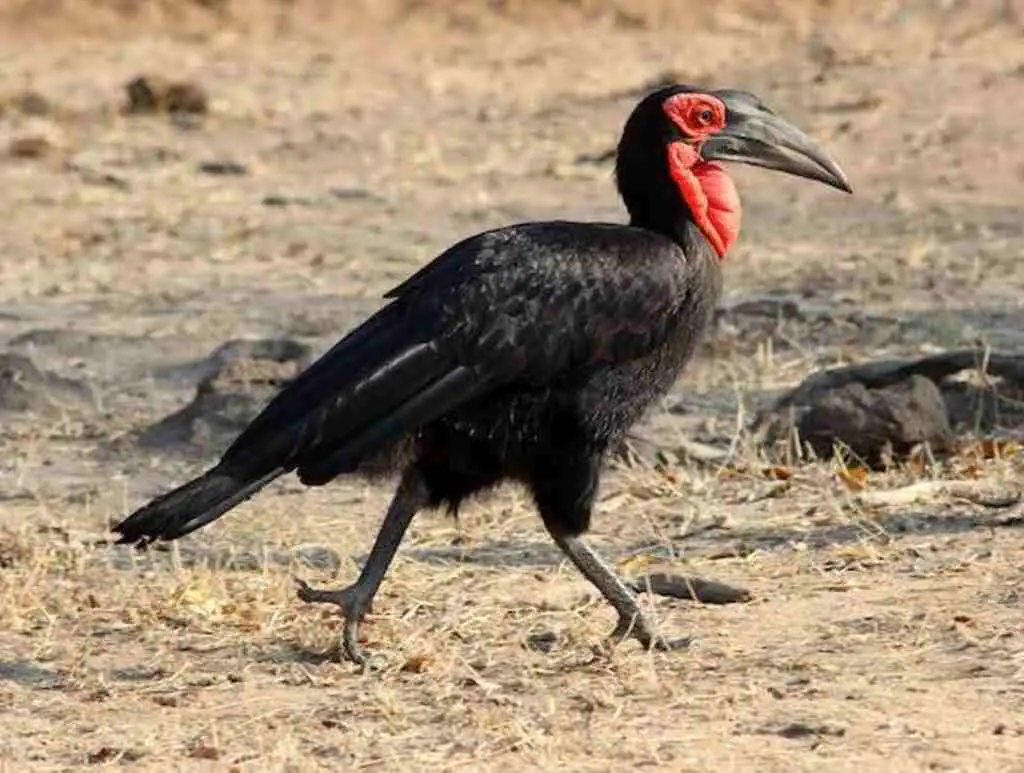Peering into the depths of evolutionary history, one question stands out amidst the ancient whispers of time: Did birds evolve from dinosaurs? This inquiry isn’t just a mere pondering but a journey through the corridors of time, where fossils and scientific revelations intertwine to illuminate the paths of evolution.
As we embark on this quest for knowledge, we explore the intricate tapestry of paleontological evidence, deciphering the enigmatic ties that bind modern avians to their prehistoric forebears.
Join us as we unravel the mysteries of the past and explore the captivating narrative of avian evolution from the shadows of the Mesozoic to the present day.
Table of Contents
- 1 The Mystery of Avian Origins: An Introduction
- 2 Dinosaurs and Birds: The Connection
- 3 The Evolutionary Timeline
- 4 Unique Characteristics Shared by Dinosaurs and Birds
- 5 The Role of Birds in Modern Ecosystems
- 6 Conclusion
- 7 FAQs: Do Birds Come From Dinosaurs?
- 7.1 Do birds come from dinosaurs?
- 7.2 What is the evidence that birds are related to dinosaurs?
- 7.3 How do scientists know birds evolved from dinosaurs?
- 7.4 When did birds evolve from dinosaurs?
- 7.5 Did all dinosaurs evolve into birds?
- 7.6 How are birds different from dinosaurs?
- 7.7 Are all modern birds closely related to dinosaurs?
- 7.8 Can we still see dinosaur traits in birds today?
- 7.9 Are there any living dinosaur descendants other than birds?
- 7.10 How did birds evolve flight?
- 8 Author
The Mystery of Avian Origins: An Introduction
Birds have always been a source of fascination for people, with their graceful flight and stunning plumage. But where did they come from? The answer may surprise you – it turns out that modern birds are the descendants of dinosaurs!
The connection between birds and dinosaurs was not always widely accepted. In fact, for a long time it was dismissed as an outlandish theory.
However, over the past few decades, advances in technology and new discoveries in paleontology have provided overwhelming evidence that birds indeed evolved from dinosaurs.
Why is this connection so important to understand?
For one thing, it sheds light on the incredible diversity of life on our planet and the complex processes that govern evolution.
But beyond that, studying avian origins can help us better understand modern ecosystems and inform conservation efforts.
The origins of this fascinating connection between birds and dinosaurs can be traced back to the 1800s. At that time, scientists began finding fossils that bore striking similarities to those of modern-day birds.
The first specimen of Archaeopteryx was discovered in 1860 or 1861 by a German collector, and it was later acquired by Johann Dörr, a Bavarian businessman.
The specimen was eventually sold to Johann Andreas Wagner, a naturalist who recognized its scientific significance.
Wagner sent a description and drawing of the fossil to his colleague, Hermann von Meyer, who named it Archaeopteryx lithographica in 1861.
This creature had wings like a bird, but teeth like a reptile; it seemed to be some kind of evolutionary missing link between two very different types of animals.
Over the years, as more fossils were discovered with similar features, the theory that birds evolved from dinosaurs gained support among scientists.
In the next sections we will explore in detail why this theory is supported by many scientists despite its controversy at first sight.
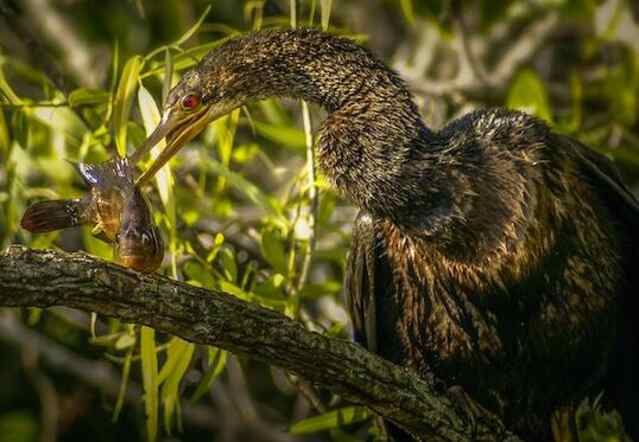
Dinosaurs and Birds: The Connection
Evidence Supporting the Theory that Birds Evolved from Dinosaurs
The theory that birds evolved from dinosaurs is supported by a wealth of evidence. Fossil records have revealed numerous intermediate forms showing gradual changes in physical characteristics, providing valuable insight into the evolutionary process.
One of the most famous examples is Archaeopteryx, a bird-like dinosaur with feathers and claws on its wings.
This unique creature had both avian and reptilian features, leading many researchers to believe it was an early ancestor of modern birds.
In addition to fossil records, there are numerous similarities in physical characteristics between birds and dinosaurs. Both groups have lightweight, hollow bones that aid in flight and reduce overall weight.
Many dinosaurs also had feathers or feather-like structures, which suggests they may have been used for warmth or display purposes. Genetic studies have also provided evidence of a shared ancestry between these two groups.
Counterarguments to the Theory
Despite the overwhelming evidence supporting the theory of bird evolution from dinosaurs, there are still some counterarguments that exist.
One common argument is the lack of transitional fossils – fossils showing a clear progression between dinosaur ancestors and modern birds.
Some researchers argue that this gap in the fossil record suggests there may be other as-yet-undiscovered ancestors that bridge this gap.
Another counterargument centers around differences in bone structure between birds and dinosaurs.
While both groups share many similarities in skeletal structure, some researchers argue that there are several key differences as well – specifically with regards to bone density and organization.
Overall, while there are certainly counterarguments to be made regarding bird evolution from dinosaurs, these arguments do not fundamentally undermine or invalidate years of research into this topic.
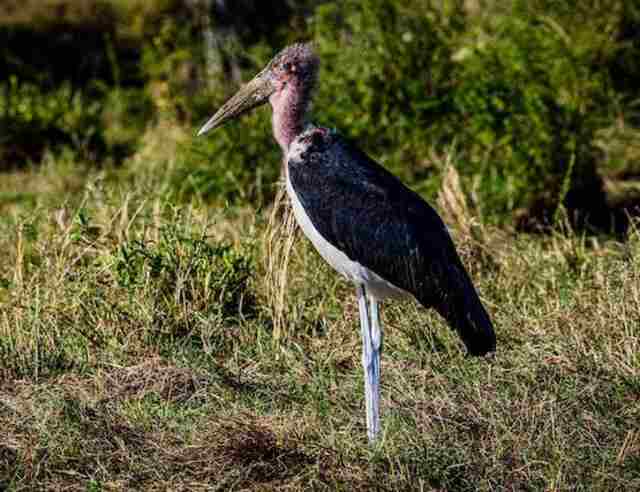
The Evolutionary Timeline
Overview of Dinosaur Evolution
Dinosaurs were a diverse group of reptiles that roamed the Earth for over 160 million years. They first appeared during the Mesozoic Era, around 245 million years ago, and went extinct about 65 million years ago.
During this time, they evolved into various shapes and sizes, from small creatures the size of chickens to massive beasts like the Tyrannosaurus rex.
The earliest known dinosaurs were small carnivorous creatures that lived during the Late Triassic period. These early creatures had long tails and walked on two legs.
Over time, different groups of dinosaurs evolved and adapted to their environments. Some dinosaurs developed unique adaptations like long necks or armored plates on their backs.
Emergence of Bird-Like Dinosaurs
Around 150 million years ago, bird-like dinosaurs began to emerge. These animals had feathers on their bodies and wings that allowed them to glide through the air.
One example of a bird-like dinosaur is Archaeopteryx, which lived in what is now Germany during the Late Jurassic period.
Archaeopteryx had feathers on its wings and tail as well as sharp teeth and claws like those seen in other theropod dinosaurs (a group that includes T. rex).
This combination of features led scientists to believe that birds may have evolved from theropod dinosaurs.
However, not all experts agree with this theory; some suggest that birds may have instead evolved from a different type of dinosaur called troodontids or dromaeosaurids.
Evolution of Modern Birds
Modern birds are believed to have originated from a group called neornithes during the Cretaceous period (about 145-66 million years ago).
These early birds probably looked similar to Archaeopteryx, but were better adapted for flight. Over time, birds evolved a number of unique adaptations that allowed them to become more diverse and successful.
One of these adaptations is the development of a hard-shelled egg, which allowed birds to lay their eggs on land instead of in water like many reptiles.
Birds also developed a specialized respiratory system that allows for efficient gas exchange during flight.
Today, there are over 10,000 species of birds worldwide, each with its own unique adaptations and behaviors.
From tiny hummingbirds to giant ostriches, modern birds continue to fascinate scientists and amateur bird-watchers alike.

Feathers: Types, Functions, and Evolutionary Significance
Feathers are one of the most unique characteristics shared by dinosaurs and birds. Although feathers are typically associated with birds, they actually evolved in non-avian dinosaurs prior to the emergence of birds.
There are several types of feathers that exist today: down feathers, contour feathers, flight feathers, and filoplumes. Each type has a specific function in the bird’s life.
Down feathers are soft and fluffy and can be found underneath the bird’s contour feathers. They offer insulation, maintaining the bird’s warmth.
Contour feathers are what give a bird its shape and appearance. They help with flight as well as protection from predators.
Flight feathers are located on a bird’s wings and tail and provide lift during flight. Filoplumes are small hair-like structures that detect changes in feather position.
The evolution of feathers is significant because it allowed for greater maneuverability in both dinosaurs and birds.
Feathers may have initially evolved for insulation or display purposes but later became critical for flying animals such as birds.
Hollow Bones: Adaptations for Flight
Another unique characteristic shared by some dinosaurs and birds is hollow bones. Hollow bones provide a lightweight structure which allows for better mobility when moving either on land or through air.
Hollow bones also allow for efficient oxygen delivery throughout the body during flight which is crucial for sustaining long flights without tiring out quickly.
However, it should be noted that not all dinosaurs had hollow bones like modern-day birds do – some had solid bones similar to modern mammals or reptiles.
Differences between Bird Bones and Dinosaur Bones
Despite sharing some similarities with dinosaur bones, there are also key differences between them that set them apart.
One major difference is in their density – bird bones tend to be much lighter than dinosaur bones. This is due to the air pockets that exist in the hollow sections of bird bones.
Birds also have fewer bones than their reptilian ancestors, which is a result of evolution and adaptation for flight. For example, birds have fused arm and hand bones, which increases their wing strength for flying.
Bird bones are covered in a thin layer of skin called “periosteum,” which allows for new bone growth if necessary. Dinosaur bones lacked this outer layer and did not have this regenerative capacity.
The Importance of These Characteristics
The unique characteristics shared by dinosaurs and birds are significant because they provide insight into the evolutionary history of these animals and how they adapted to survive in different environments.
Furthermore, understanding these characteristics can help scientists better understand how birds evolved from non-avian dinosaurs and what factors contributed to their success as a species.
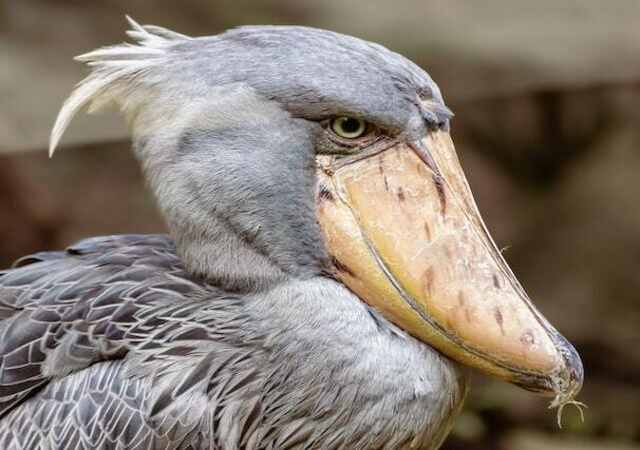
The Role of Birds in Modern Ecosystems
Birds as Pollinators and Seed Dispersers
Birds play a crucial role in maintaining the balance of ecosystems by acting as pollinators and seed dispersers. Many species of birds, such as hummingbirds, are important pollinators for a variety of plant species.
By spreading pollen from flower to flower, they ensure that plants can reproduce and continue to grow.
Similarly, many birds like the cedar waxwing are important seed dispersers, spreading seeds over wide distances as they move between different habitats.
This helps to ensure that plant species remain diverse and can adapt to changing environmental conditions.
In addition to their direct impact on plant populations, birds indirectly affect other aspects of ecosystem health.
For example, by consuming fruit and nectar from flowering plants, birds provide an important food source for insects like bees and butterflies.
These insects play a key role in pollination themselves, so by supporting their populations through their feeding habits, birds help to maintain healthy ecosystems.
Birds as Predators
While many people associate birds with being prey animals rather than predators, many bird species are actually fierce hunters in their own right.
Raptors like eagles and hawks are well-known for their predatory skills, but smaller bird species like owls can also be highly effective hunters due to their keen senses and silent flight patterns.
By preying on smaller animals like rodents and insects that might otherwise overpopulate an ecosystem, these predatory birds help keep ecological systems balanced.
They also help control the spread of disease by reducing populations of animals that might carry diseases harmful to humans or other wildlife.
Importance to Human Culture
Birds have been an important part of human culture for thousands of years across different societies around the world.
From ancient Egyptian hieroglyphics depicting falconry to modern birdwatching cultures, birds have had a significant impact on human societies and continue to play an important role in many aspects of human life.
In addition to their cultural significance, birds have also had practical uses for humans throughout history.
For example, homing pigeons were once used as messengers during wartime, while birds like chickens and turkeys are still raised as a source of food in many cultures today.
The value of birds continues to be recognized today through the work of conservation organizations and the growing field of ecotourism.
By encouraging people to appreciate and protect bird populations, these efforts help ensure that these important animals can continue to thrive in our shared ecosystems for generations to come.
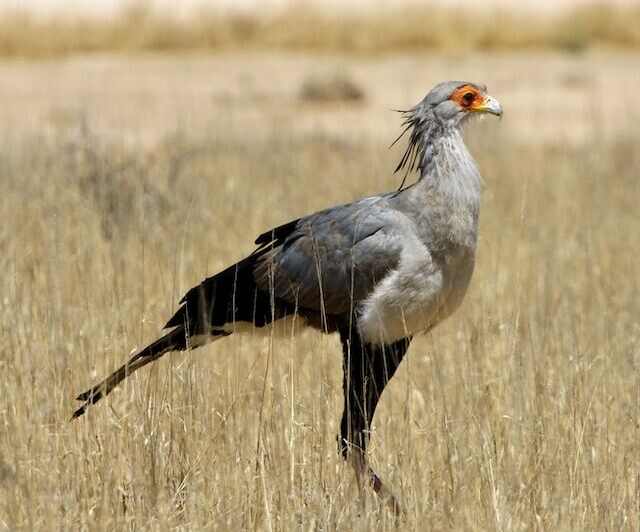
Conclusion
After examining the evidence presented in this article, it is clear that birds did indeed evolve from dinosaurs. The similarities in physical characteristics and genetic makeup provide strong support for this theory.
Although there are counterarguments to the theory, such as the lack of transitional fossils and differences in bone structure, these do not negate the overall body of evidence.
The evolutionary timeline shows that while dinosaurs dominated for millions of years, bird-like dinosaurs emerged around 150 million years ago.
These eventually evolved into modern birds, which now play a crucial role in many ecosystems as pollinators, seed dispersers and predators.
One unique characteristic shared by both dinosaurs and birds is feathers. While feathers were originally used for insulation and display purposes, they eventually evolved into wings which allowed birds to fly.
Birds also have hollow bones which make them lighter and more adapted to flying. Despite their evolutionary history stretching back millions of years, modern birds remain an important part of our world today.
They play an essential role in maintaining ecological balance as pollinators, seed dispersers and predators. Humans have also formed close relationships with birds throughout history through culture and art.
As we continue to learn about the evolution of life on earth, it’s important to remember that even seemingly disparate groups like dinosaurs and birds are connected in complex ways.
Understanding these connections can help us better appreciate the natural world around us and work towards preserving it for future generations.
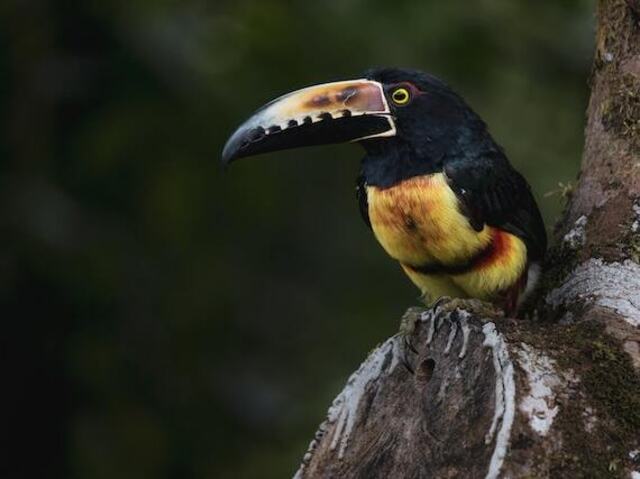
FAQs: Do Birds Come From Dinosaurs?
Do birds come from dinosaurs?
Yes, birds are considered the direct descendants of a group of small, carnivorous dinosaurs known as theropods. Over millions of years, these dinosaurs evolved into the diverse bird species we see today.
The evidence linking birds to dinosaurs is based on several factors, including skeletal similarities, fossil discoveries, and genetic research. Fossil specimens have revealed transitional features like feathers, wishbones, and anatomical structures that are characteristic of both birds and dinosaurs.
How do scientists know birds evolved from dinosaurs?
Scientists use a combination of fossil evidence, comparative anatomy, and genetic studies to establish the evolutionary relationship between birds and dinosaurs. The discovery of fossilized feathered dinosaurs provided compelling evidence of the transition from dinosaurs to early bird ancestors.
When did birds evolve from dinosaurs?
Birds are believed to have evolved from theropod dinosaurs during the Mesozoic Era, specifically in the Late Jurassic or Early Cretaceous period, around 150-160 million years ago.
Did all dinosaurs evolve into birds?
No, not all dinosaurs evolved into birds. Birds belong to a specific lineage of theropod dinosaurs, but the majority of dinosaur species did not give rise to the avian lineage. Many dinosaur lineages went extinct, while birds continued to evolve and diversify.
How are birds different from dinosaurs?
Although birds are descendants of dinosaurs, they have undergone significant changes throughout evolution. Birds possess unique adaptations such as feathers, a beak, and the ability to fly, distinguishing them from their dinosaur ancestors.
Yes, all modern birds are considered part of the dinosaur lineage. They share a common ancestry with dinosaurs and are classified as avian dinosaurs.
Can we still see dinosaur traits in birds today?
Yes, birds still retain certain traits inherited from their dinosaur ancestors. Some of these traits include laying eggs, having scales on their legs, and possessing a skeletal structure that shows similarities to certain dinosaur groups.
Are there any living dinosaur descendants other than birds?
No, birds are the only living descendants of the dinosaur lineage. While other reptiles, such as crocodiles and turtles, share a common ancestry with dinosaurs, they are not direct descendants of dinosaurs like birds are.
How did birds evolve flight?
The evolution of flight in birds is a complex process that involved modifications in their skeleton, muscles, and feathers. Over time, birds developed specialized flight adaptations, allowing them to become highly efficient fliers capable of various flight styles and behaviors.

